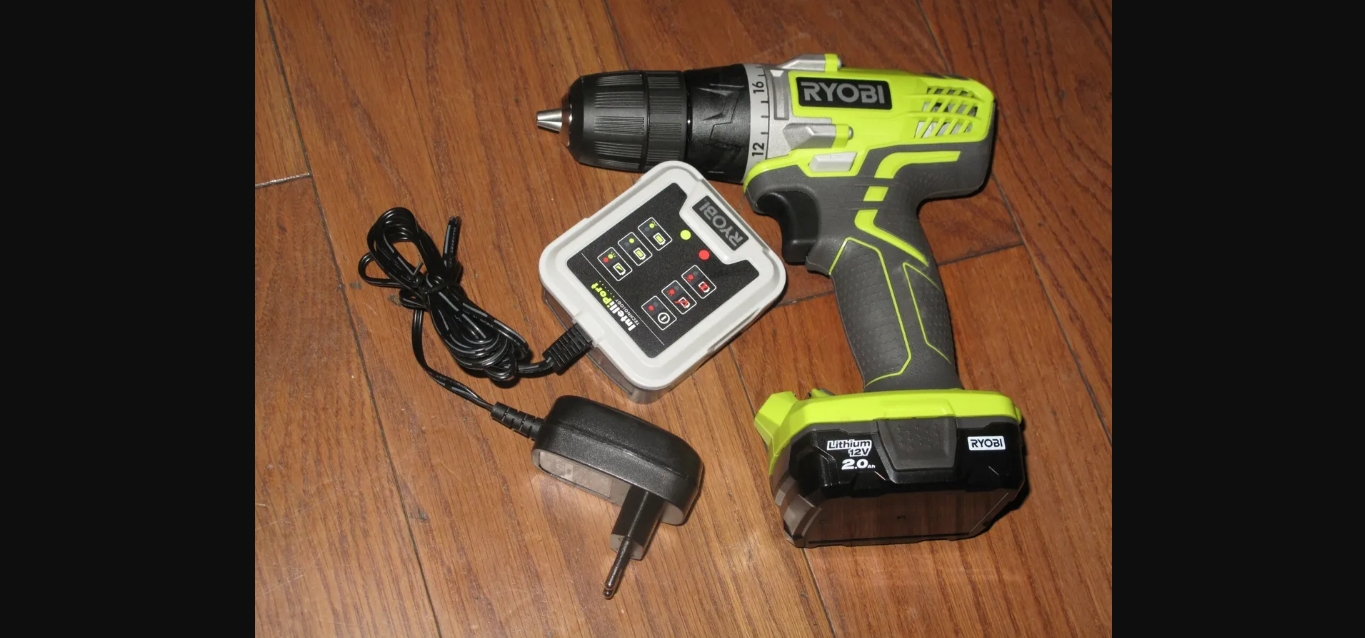


Well aware of the risks, I decided to press on anyway, and connected the drill battery to the car battery, ground to ground, positive to positive. You’re less likely to be successful trying to turn over a 6.9 L Cummins with a half-charged 1.2 Ah drill battery. I had a medium-sized drill battery, at 2.4 Ah, and a 1.6 L four-cylinder motor to turn over. If you’ve got a big, strong drill battery, and a small compact car, you’re fairly likely to succeed. That said, take this on at your own risk, and keep in mind that some cars don’t like being jump started at all. If you’re having a good day, in the short-term, you’ll likely be fine.
#12v dewalt batteries full#
This is much less likely to do damage than if you were to do something intentionally silly like connecting a full 18V drill battery directly to delicate components such as the ECU. Knowing this, I was confident that my relatively small drill battery (with a capacity of just 2.4Ah) would likely see its voltage drop significantly when connected to a load consisting of an almost entirely drained lead acid car battery. This is below the point at which the battery begins to undergo sulfation, which can cause permanent damage. I was well aware that my battery was very dead – the car battery was reading less than 10V on the voltmeter. So how do we get away with this? Well, in one respect, sheer dumb luck.

Higher voltages can damage components in the car’s electrical system, particularly in newer cars and those with electronic fuel injection. This is readily visible if your car has a voltmeter installed on the dash. Automotive electrical systems operate nominally at 12 volts in practice the system sees anywhere from 10-15 volts in use, due to varying loads and alternator outputs. The other major problem is one of voltage. See what you can come up with, but be careful doing it. If your jumper leads are just too big, you might have some luck if you can scrounge up some metallic objects or scraps of wire to cram into the terminals to make an adapter of sorts. I was blessed with a truly petite set of leads which were close to perfect for the task. Be exceedingly careful making the connection, particularly if you’re in a fire danger area. Worse, attaching jumper leads to such tiny terminals often puts the positive and negative jumper leads at risk of shorting on each other, which can create sparks or lead to a battery fire or explosion. With the drill battery in parallel with the car battery, we see the system hit around 12 volts. Trying to connect a sizable pair of automotive jumper leads to a terminal less than a square centimeter in area is difficult. Most drill batteries have a very unique molded connector designed to secure them mechanically into a drill, as well as make electrical contact. The most basic problem of all is making a connection. This presents several challenges and risks, however. The risk of a short-circuit is readily apparent here.īeing stuck in a (relatively) foreign land and not wanting to speak to anyone, I decided instead to substitute the other vehicle’s battery for my RYOBI ONE+ drill battery.

The drill battery, delicately resting on the front bumper, with jumper leads precariously attached. After disconnecting everything, you’re good to go. At this point, the disabled vehicle can be started and its alternator can begin to recharge its own battery. Ideally, the working vehicle is then started to enable its alternator to provide charge to the whole system to avoid draining its own battery. Typically, when jump starting a car, another working vehicle is pulled into place, and the battery connected in parallel with the dead battery of the disabled vehicle. These packs are capable of delivering large amounts of current and can take a lot of abuse. The average drill of today tends to run on a nice 18 volt lithium battery pack. It’s not a problem, because you’re a hacker and you have a cordless drill in the back seat of your car. You need to jump-start the car, but you’re feeling remarkably antisocial, and you don’t know anyone else in town you can call. You’re out of cash, out of energy, and thanks to your own foolishness, your car’s battery is dead. Sometimes, you move to a new city, and things just aren’t going your way.


 0 kommentar(er)
0 kommentar(er)
